Anastasia Balezdrova
Even if a man lives well or badly, happily or unhappily, he dies. Death is the only certain thing in life but it is very difficult to attach form and content to it.
Yet there is a way to defeat it. And it is art, in the words of director of the Cycladic Art Museum Nikolaos Stampolidis.
Death and afterlife is the subject of the new museum exhibition, which is the last part of the trilogy "Love - Health - Death" in Ancient Greece. "Afterlife" considers one of the biggest mysteries that has been engaging people for centuries, namely what happens to the soul after the body has died.
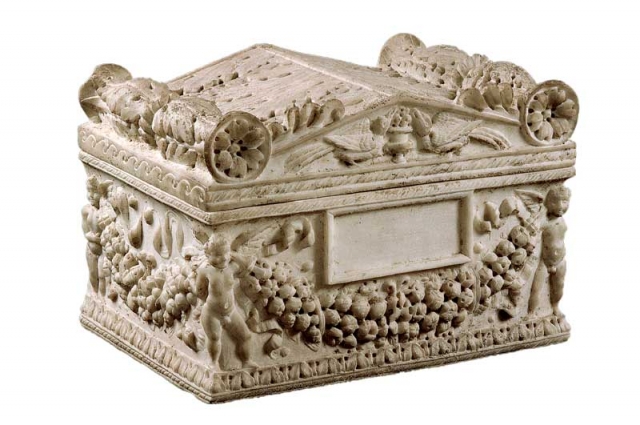
The exhibition includes five sections. The first is the moment of death, the second the burial customs and the other three present three of the concepts of afterlife. The first is described in the works of Homer and other ancient authors, the second presents the idea according to the Orphic Hades and the last how Plato describes afterlife in many of his works, and especially in "The Republic".
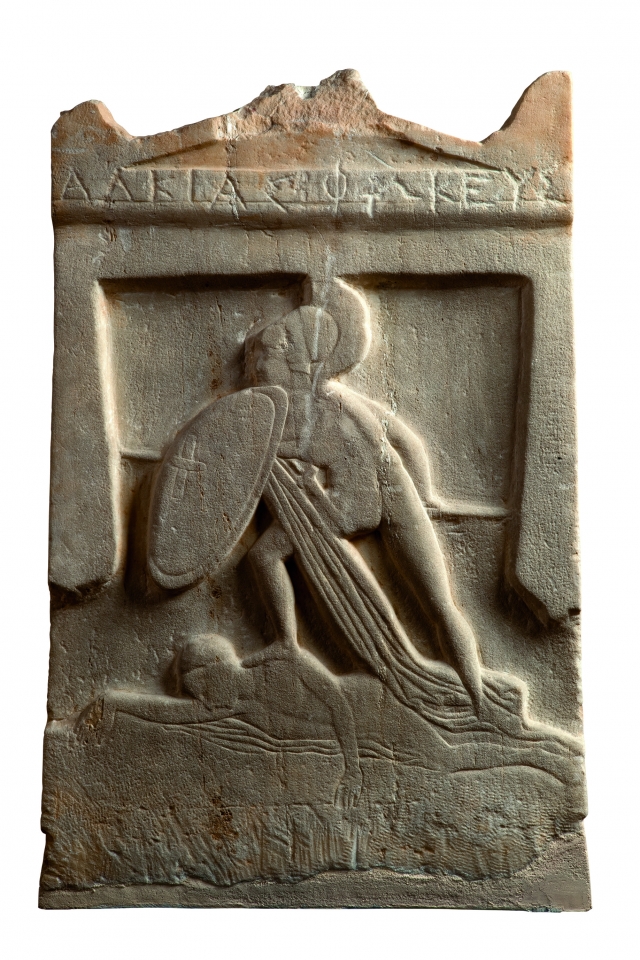
120 exhibits collected from Greek and foreign museums are leading the guests through the beliefs of ancient Greeks related to the rituals and the fate of the soul. Different compositions representative of ancient Greek art present the moment of death, including the image of Achilles, who kills Penthesilea with his spear while falling in love with her at the same time, or the image on the amphora of Exekias. The palm is a symbol of the afterlife, the arms, helmet and shield of the warrior are the things that will accompany him and his body, leaning on his sword and the pile, depicts his end. The compositions clearly show the feelings of the characters that are many and varied - pity, sadness, anger, hopelessness, determination, resistance.
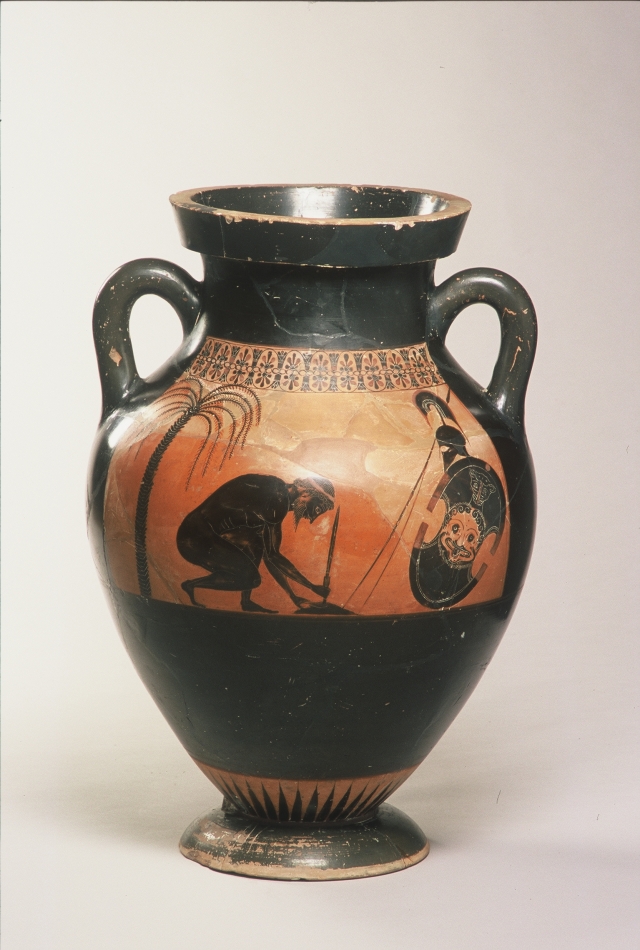
The second section of the exhibition presents the funeral rites and ceremonies of the preparation of the dead to his or her burial or burning through the organization of the funeral procession. Containers and objects associated with the washing of the body are exhibited as well as those in which the bones washed with wine were placed after the stake.
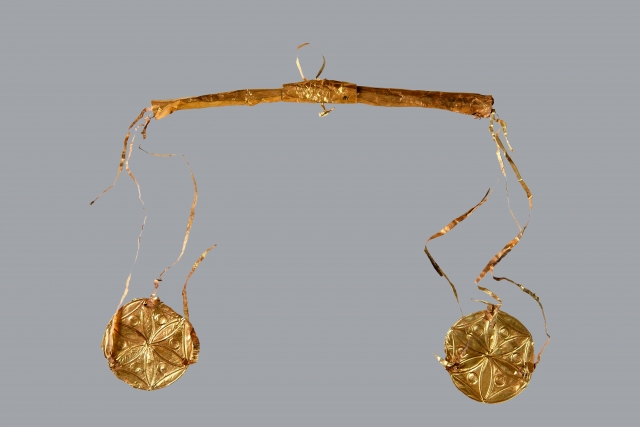
The other exhibits include golden masks, coins for the passage of the soul over the river Aherondas, wreaths and gravestones. One of the most impressive is the car by which the dead man was brought to the grave. It depicts mourning women and the soul as a bird on the roof.
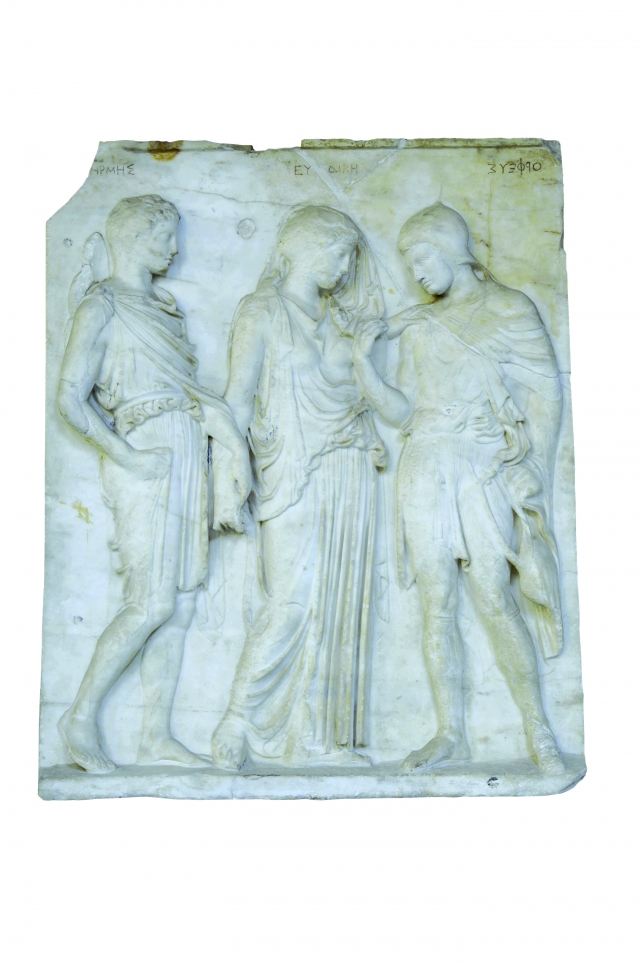
The section with the Homeric Hell includes compositions such as the kidnapping of Persephone and her marriage to Hades, heroes who descended alive into the underworld. For example Orpheus, who goes to see Eurydice. One of the compositions presents the Elysium fields - a peculiar transcendental world where the souls of those deserving are blissfully happy.
In the Ancient Greeks’ idea, Death (Thanatos, masculine in Greek - author’s note) and Sleep are brothers, and twins at that, because of the similar appearance of a sleeping and dead person. A representative exhibit of how they were portrayed is a large bronze head of Sleep that has arrived from the British Museum to be included in the exhibition.
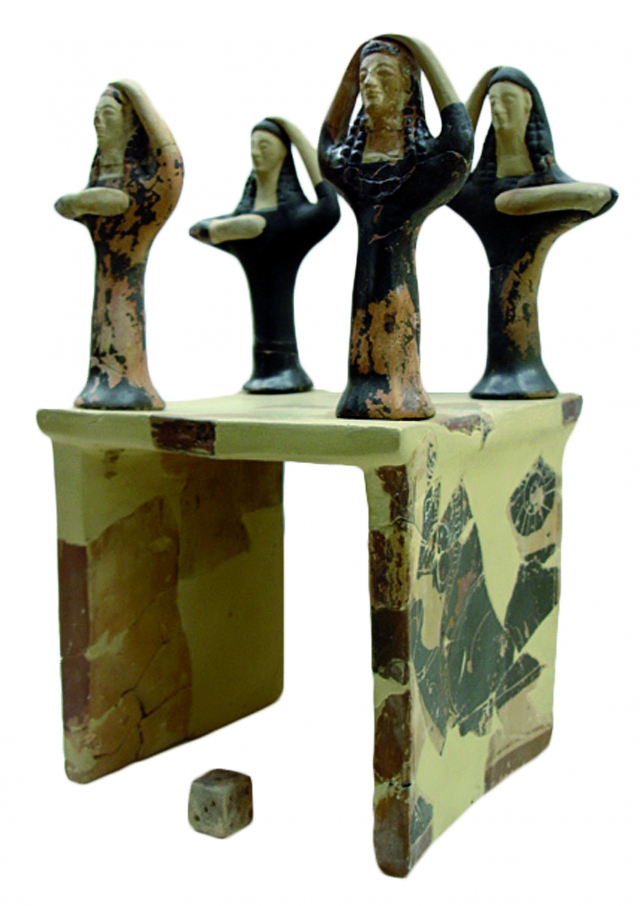
According to the museum director, it aims to arouse the interest and attract the attention of visitors to the universal themes of life and death, to seek and find similarities and differences in the funeral customs of the people who lived thousands of years ago, and to ultimately understand that many of them have survived to the present day, while others, though changed, have retained the same feelings.